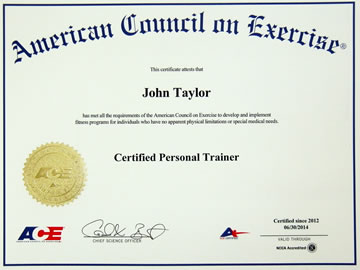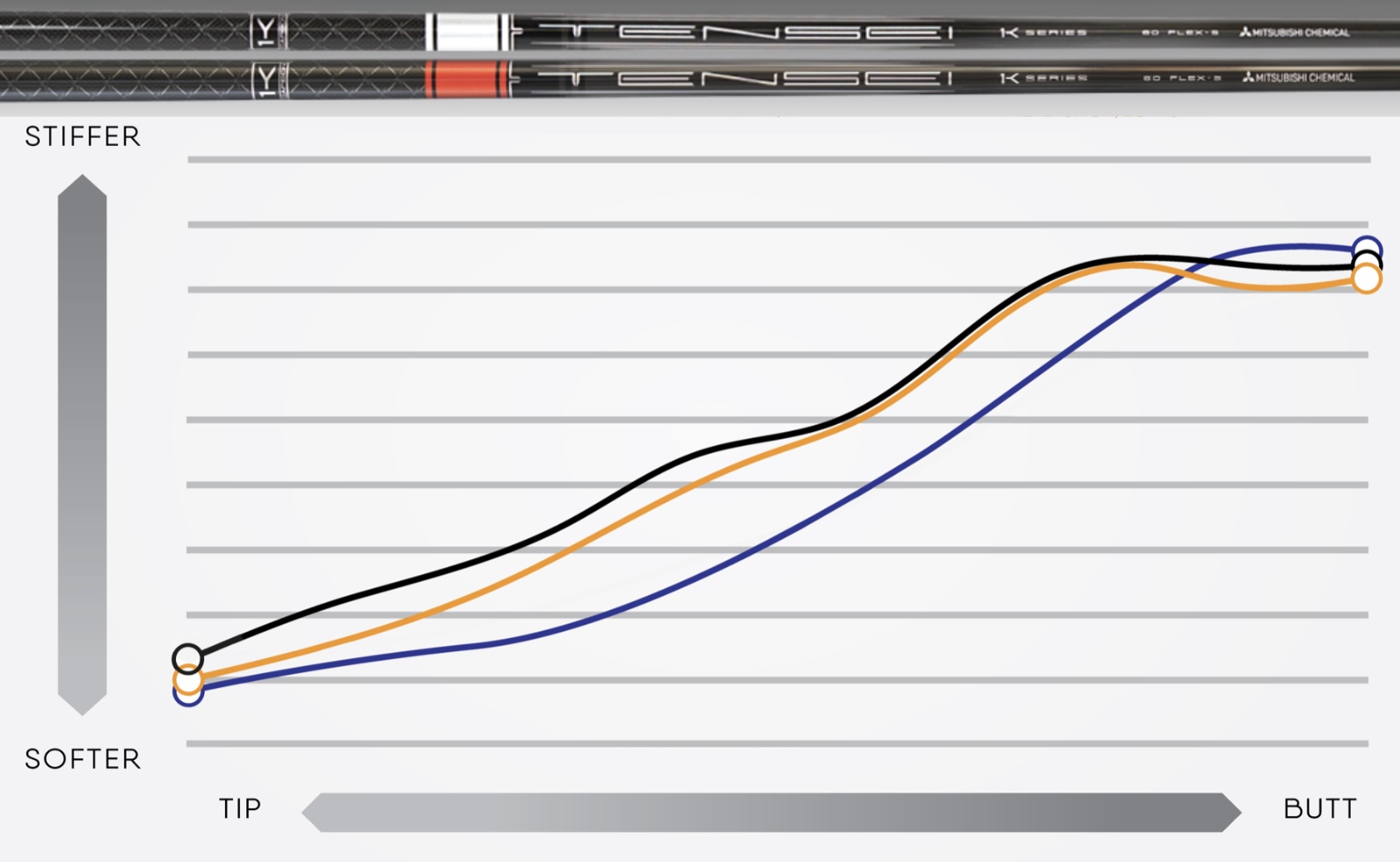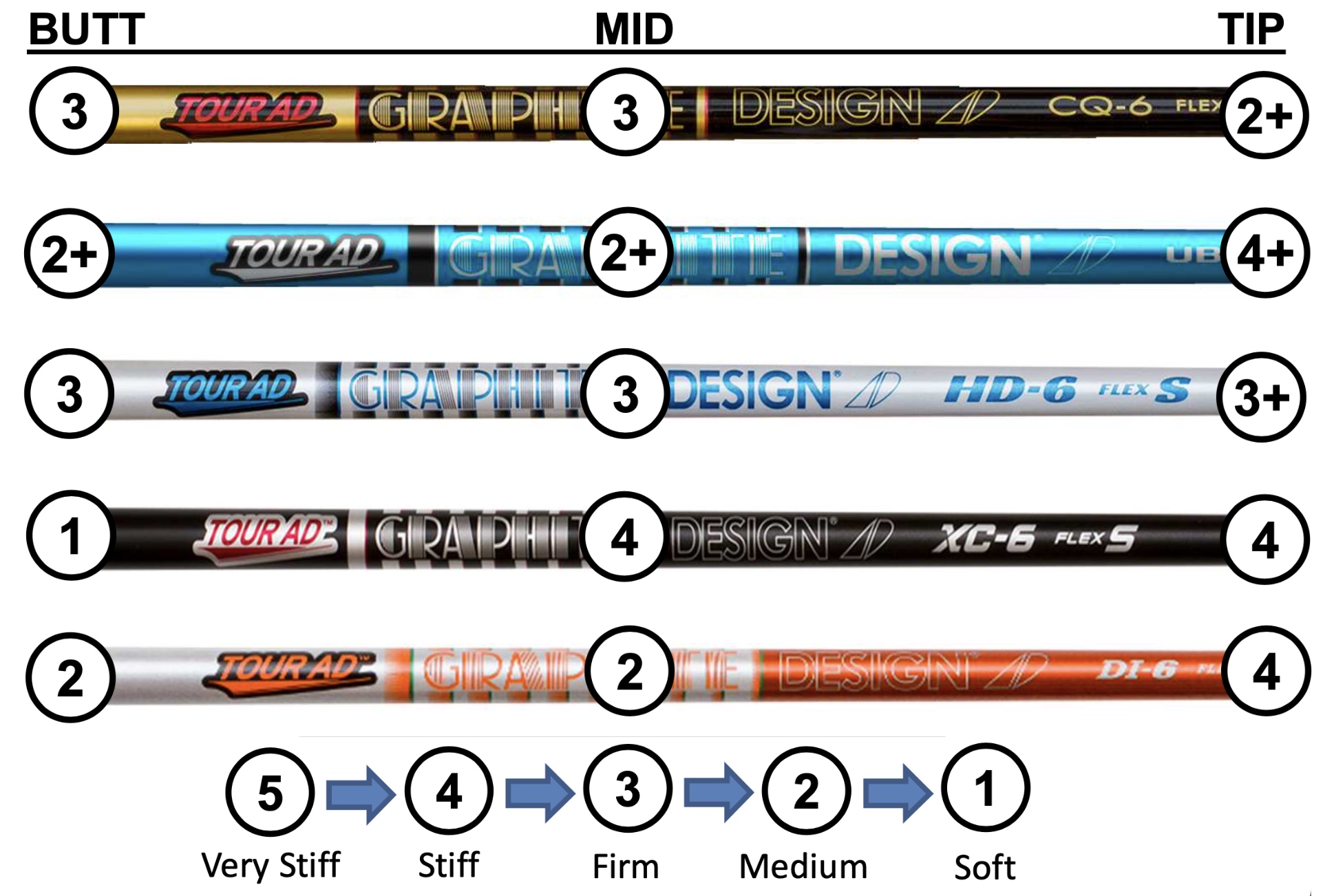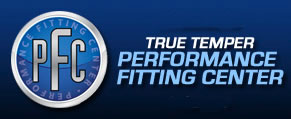US Open Hole 13 Day 4
JT's perspective from inside the ropes at Hole 13 of the Olympic Club at the 2012 US Open.
The Open is finished and the winner, Webb Simpson, outlasted some of the greatest players in golf today. As we expected, Hole 13 was one of the difference makers. Considering that both golfers in the final pairing, Jim Furyk and Graeme McDowell, made bogeys. They were definitely not alone. Hole 13 was a heartbreaker for more players than anyone would have expected. What happened?
First, players over-estimated the speed of the green. A large fraction of the putts -- long, medium, and short -- today ended up short of the hole, and as we all know short putts generally don't find the bottom of the cup. Second, a surprisingly large fraction of short-length putts -- the 6-footers or less -- did not find the hole. Subtle contours were not getting read correctly.
The hole location was in the back right quadrant of the green. It was a difficult location. Any ball coming in just a little bit hot would roll off the back of the green and down a wide close-cropped fringe. The hole was relatively to the edge of the green leaving little space to work with. And the undulations on the putting surface gave most golfers trouble. The best short game players in golf had difficulty here.
The extended shaved fringe caused problems for a large fraction of the golfers, but rewarded creative recovery shots. Harrington's chip-in birdie from the edge of the leftside hazard was brilliant. Chip shots hit firmly into the middle of the slope seemed to be the most successful strategy for getting the ball onto the green from the leftside rough. Soft chips often landed short and trickled back down the slope. More aggressive pitch shots generated too much roll and left long putts for par.
The 2012 US Open returned the tournament to its status as the toughest major. The USGA set it up perfectly and fairly, challenging the best players in the world to play a complete shot-making game on a course made difficult by natural terrain instead of man-made lakes and tricked-up hazards. It was my good fortune to be inside the ropes on a demanding par 3 that provided a full test of shotmaking skill.
Several talented golfers were revealed this week at the Open. Distant cheers of "lets go Hossler" heralded a new young talent who captured our imagination. The amateurs who made the cut played head-to-head with seasoned pros. And many pros showed rejuvination of their careers with exciting play -- Ernie Els comes to mind with steady play that left him just a couple of strokes short of victory. It's part of the magic of the US Open.





























 John Taylor
John Taylor


